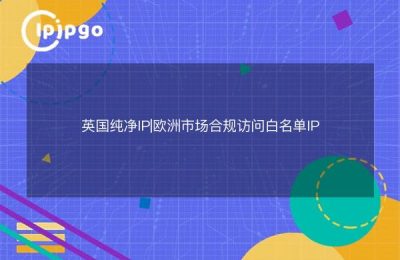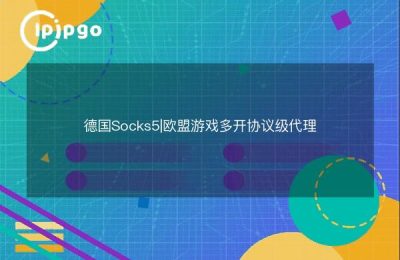
How to carry millions of highly concurrent requests with distributed proxy clusters?
When the business scale exceeds a million requests per second, the traditional single-point proxy architecture is like pumping seawater through a straw - there's simply not enough time to process it. That's when you need something like ipipgoGlobally distributed deployment of agent clusters, spreading the traffic among different nodes. There are three keys to the specific implementation:
- Cellular Node LayoutWe have deployed 17 core hubs around the world, with each hub radiating 10-15 secondary nodes, similar to the distribution of base stations in mobile communications.
- Dynamic water level monitoring: Refresh each node's load data every 5 seconds to automatically transfer overloaded traffic
- Protocol Adaptive Triage: HTTP/HTTPS/SOC5 protocols automatically recognized and assigned to dedicated processing channels
Five load balancing tips for the real world
When we implemented a proxy cluster transformation for an e-commerce platform, we pressed the request response time from 800ms to 120ms by the following combination:
| be tactful | effect | implementation method |
|---|---|---|
| Geographical proximity | Reduce 60% network latency | Automatically matches the nearest node based on the ASN the user's IP belongs to |
| session bonding mechanism | Reduce the number of 40% validations | Fixed assignment of IPs to the same group for requests from the same source |
| Hotspot Preloading | Enhancement of 30% burst processing capability | Real-time monitoring of unexpected traffic and expansion of capacity in advance |
Special Tuning Tips for Mega Concurrency
When encountering a spike scenario, we recommend that the ipipgo console enable therage mode::
1. SettingIP Preheat Pool: Activate 10% standby IPs in advance to cope with bursty traffic
2. Enablingdual-stack prioritization strategy: IPv4/IPv6 dual-channel auto-optimization
3. Configuration0 second switching threshold: Immediate line switching when node response timeout is 300ms
Frequently Asked Questions Practical Guide
Q: Why do I sometimes get a lot of connection failures all of a sudden?
A: Check to see if it's onCross-Protocol Fault Tolerance, ipipgo supports automatic switching of transmission protocols. It is also recommended to keep at least 3 available zones online
Q: How to avoid IP blocking without affecting the speed?
A: Setting in the ipipgo consoleIntelligent Rotation StrategyIt is recommended that the duration of single-IP usage be limited to 3-8 minutes, with concurrency not exceeding 50 connections/second.
Q: What should I do if the response latency spikes due to unexpected traffic?
A: Enabledtraffic sandboxing mechanismThe IP resources of 20% are set up as a contingency reserve pool, which is automatically released when a QPS surge is detected.
Through actual project verification, after adopting ipipgo's distributed proxy solution, a live broadcast platform successfully carried a peak request volume of 2.3 million/sec during the 618 promotion, with the error rate controlled at below 0.03%. The key lies in fully utilizing theNatural Distribution Characteristics of Residential IP, together with intelligent scheduling algorithms, to transform massive requests into controlled and decentralized traffic.








